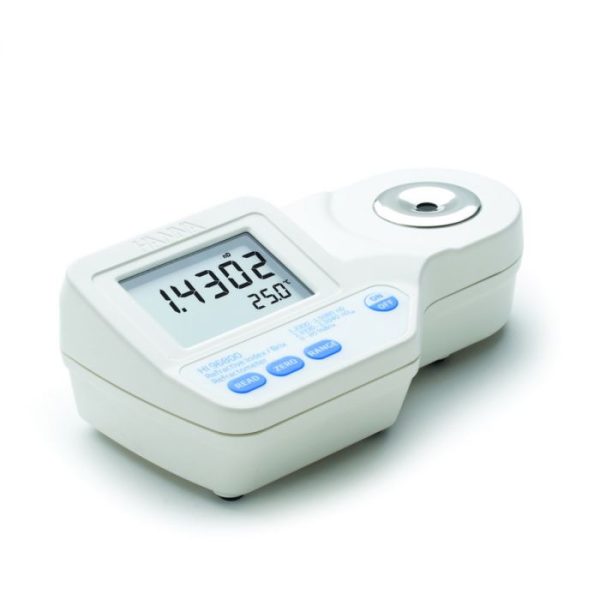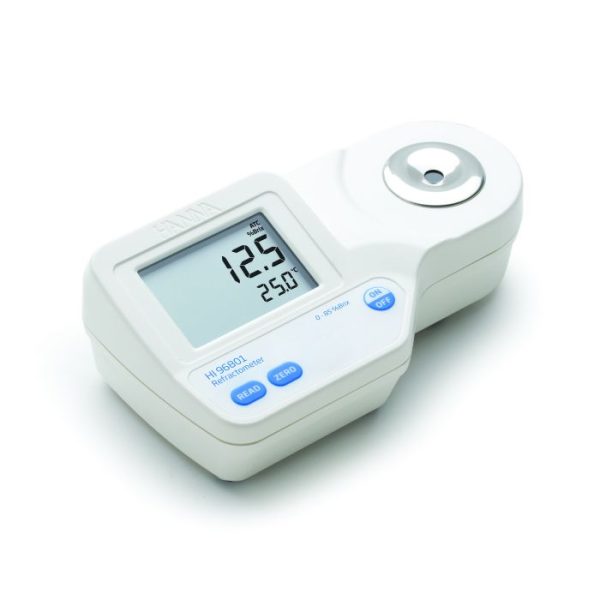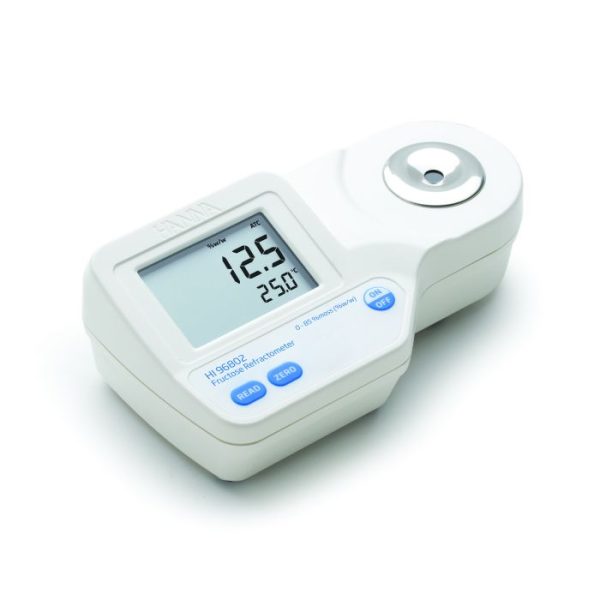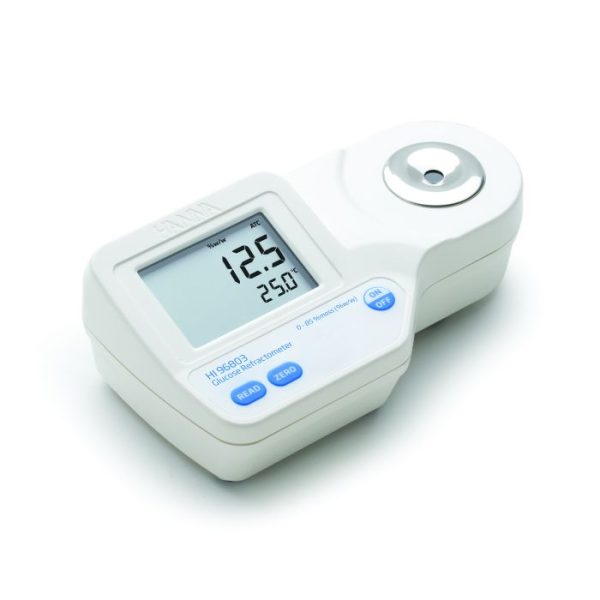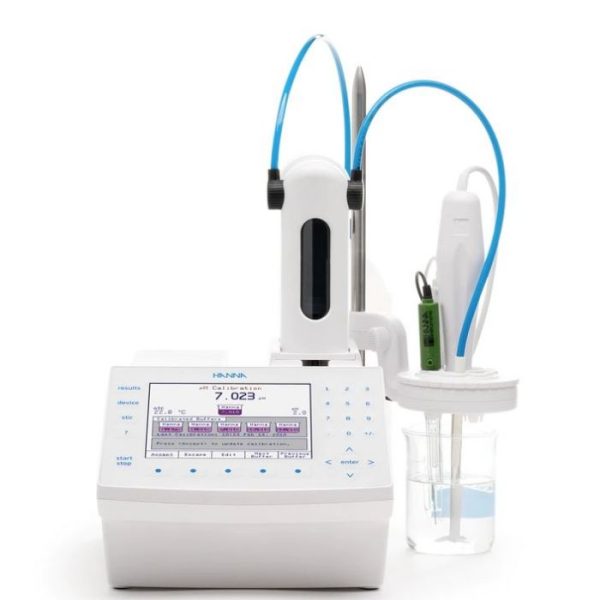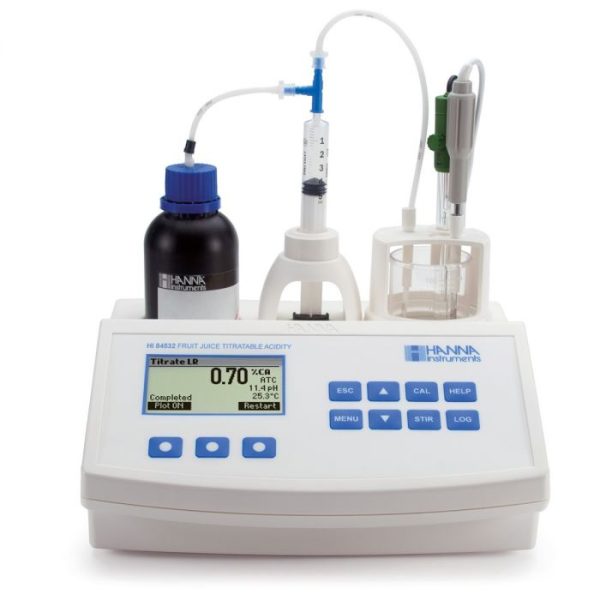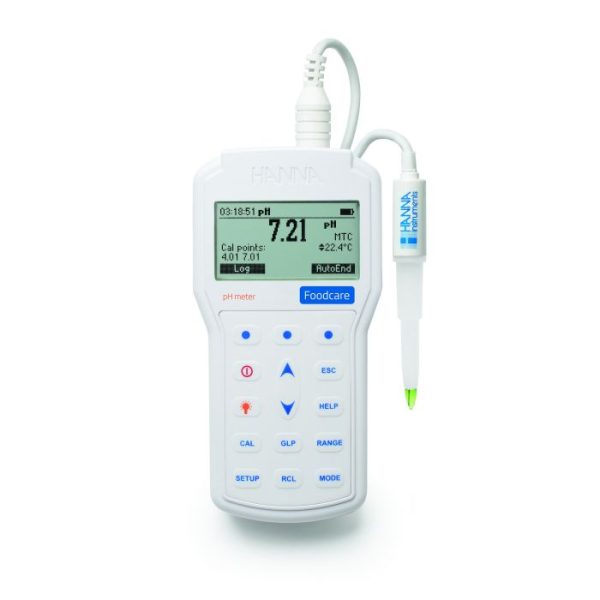Jelly products, according to the Directives from 2001, are divided according to: the share of fruit and the type of fruit raw material.
The Directives define:
- extra jam
- jelly
- extra jelly
- marmalade
- chestnut puree
- fruit
- fruit pulp
- fruit puree
- aqueous extracts of fruit
- sugars
Gelled products are produced by cooking fruit (fruit raw materials) and sugar with the addition of pectin and acid, and if necessary preservatives.
Jam is produced from fruit pulp or puree, and the minimum weight of the fruit is 350g / 1 kg. in the case of jam, whole pieces of fruit remain, which must be clearly visible. It contains one or more types of fruit, sugar and water.
Extra jam is produced from non-thickened pulp or puree, and the minimum fruit weight is 450 g / 1 kg. It contains one or more kinds of fruit, sugar and water. No chemical preservatives are added to the extra jams.
Jelly is produced from juice or aqueous extract, and the minimum fruit weight is 350g / 1 kg. It contains one or more types of fruit and sugar.
Extra jelly is produced from juice or aqueous extract, and the minimum fruit weight is 450g/1 kg.
Marmalade is produced from citrus pulp, puree, juice, aqueous extract or peel, and the minimum weight of the fruit is 200g (min 75g of endocarp) / 1 kg.
Jelly jam is produced without insoluble dry matter except for the peel, and the minimum weight of the fruit is 200g (min 75g endocarp) / 1 kg.
Sweetened chestnut puree is a product of appropriate consistency containing at least 380 g of chestnut puree (plant species Castanea sativa) per 1000 g of final product, sugar and water.
In Croatian regulations and laws, “pekmez” is also defined. Pekmez is produced from fruit pulp and / or fruit purée of one or more types of fruit with or without added sugar up to a maximum of 25%, in relation to the total amount of fruit.
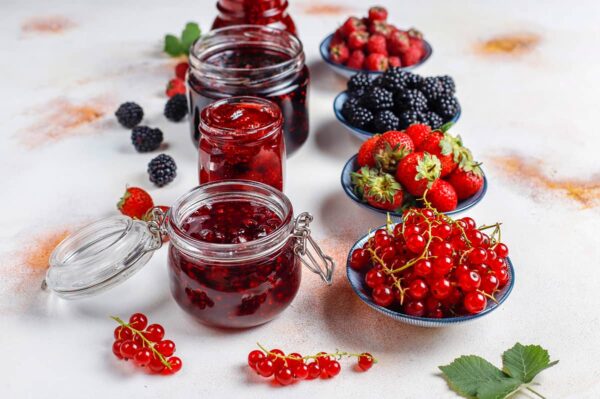
Jelly products are produced by cooking fruit (raw fruit) and sugar with the addition of pectin and acid, and if necessary, preservatives. Production, to a greater extent, includes two processes: the production of semi-finished products (eg propagated porridge or pulp) and the cooking of semi-finished products with the addition of sugar, pectin and acid.
Sucrose, glucose and fructose are most often used as sugar. In general, more than 40% of the total mass and 80% of the total soluble matter in these products is sugar. The amount of sugar added depends on several factors: the acidity of the fruit, the sugar content of the fruit, the degree of ripeness and the type of product.
For measuring content of sugars in your product Hanna has a variety of refractometers that will improve your product.
Digital Refractometer for Sugar Analysis Refractive Index/Brix – HI96800
The actual measurement of refractive index is simple, quick and provides the operator a standard accepted method for sugar content analysis. Samples are measured after a simple user calibration with deionized or distilled water. Within seconds these instruments measure the refractive index, apply any necessary calculations and display the results in the selected unit. These digital refractometers eliminate the uncertainty associated with mechanical refractometers and are easily portable for measurements in the field.
Digital Refractometer for Brix Analysis in Foods – HI96801
Measure the refractive index to determined the% Brix of sugar (saccharose) in aqueous solutions. Fracture index the sample is converted to% Brix units of concentration. The HI96801 report the results with an accuracy of ±0.2% Brix.
Digital Refractometer for % Fructose by Weight Analysis – HI96802
Measure the refractive index to determined% fructose in aqueous solutions. Sample refractive index is converted to% per unit mass concentrations. The operation of the meter is simplified with only two buttons: one button is to calibrate with distilled or deionized water and the other to take a measurement.
Digital Refractometer for % Glucose by Weight Analysis – HI96803
Measure the refractive index to determined% glucose in aqueous solutions. Sample refractive index is converted to% per unit mass concentrations. This conversion is based on the tables found in the ICUMSA Methods Book (International Commission for Uniform Methods of Sugar Analysis) that documents the changes in refractive index with temperature for a percent by weight glucose solution.
Digital Refractometer for % Invert Sugar by Weight Analysis – HI96804
Measure the refractive index to determined the% of invert sugar in aqueous solutions. Index sample fracture is converted to% per unit mass concentration. The HI96804 is ideal for the analysis of invert sugar produced from honey, jam, or manufactured from the splitting of sucrose compound. The HI96804 is an easy to use tool for measuring sugar in food samples in the field or in the lab.
The acids that are most often added are: citric, malic and tartaric. Citric acid is most commonly used. Citric acid is added to all types of gelled products to lower the pH to cause gelling and increase the total acidity which increases the fruit aroma.
For determine titratable acidity and so much more in jams and jellys use The Hanna HI931 Automatic Potentiometric Titrator
The HI931 Automatic Titrator is the answer to your dedicated titration needs. Fully customizable, the HI931 delivers accurate results and intuitive user experience, all in a compact package. Titrate for a variety of measurements at the push of a button including acids, bases, redox, and selective ions. No additional programming upgrades to purchase. The only things you need to start using the HI931 are a sensor and titrant.
For determine titratable acidity in jams and jellys use Mini Titrator for Measuring Titratable Acidity in Fruit Juice – HI84532
The HI84532 is a simple, fast, and affordable automatic mini titrator designed for testing the acidity of fruit juice. Based on an acid base titration method, this mini titrator uses an optimized preprogrammed method of analysis with a powerful algorithm that determines the completion of the titration reaction by the use of a glass body pH electrode. This mini titrator is supplied complete with all the materials necessary to perform low and high range measurements of titratable acidity in fruit juice. Results are displayed as % citric acid, tartaric acid and malic acid. All chemicals are premixed and prepackaged including standardized titrants, reagents and pump calibration solution.
Some types of pectin (highly esterified) gel in conditions of soluble dry matter> 55% and pH 2.8-3.2, while low-esterified pectins gel at lower % dry matter (even at only 20%) and in a larger pH range 2.5 -6.5.
For measuring your pH values as a Pro use
Professional Foodcare Portable pH Meter – HI98161
The HI98161 is a rugged, waterproof, portable pH meter that measures pH and temperature using the specialized FC2023 Foodcare pH electrode. This professional, waterproof meter complies with IP67 standards. The HI98161 is supplied with all necessary accessories to perform a pH/temperature measurement packaged into a durable thermoformed carrying case that holds the meters, probes and calibration buffers securely in place.
If you want to keep up with the latest technology, choose HALO PVDF Body Foodcare pH Electrode with Bluetooth® – FC2022
The FC2022 HALO is a Bluetooth Smart (Bluetooth 4.0) Foodcare pH and temperature electrode composed of chemically resistant PVDF material.
This electrode has a unique open junction design in which there is a viscolene (hard gel) electrolyte layer that is free of silver chloride (AgCl) between the sample to be measured and the internal reference cell. The open junction design resists clogging and the probe’s conical tip makes it ideal for pH measurements in food products including dairy, dough, ground meats and other semi-solid food samples.
Author: Tajana Frančić, mag.nutr.

